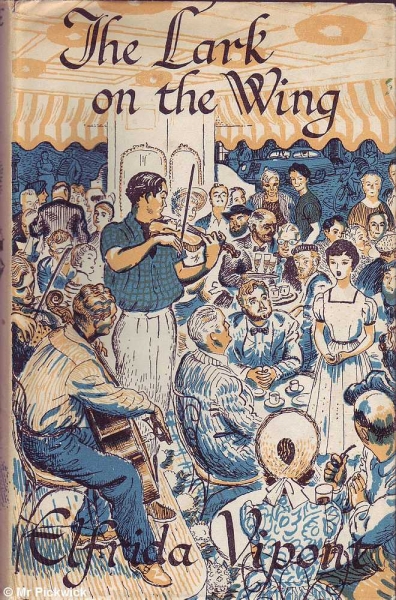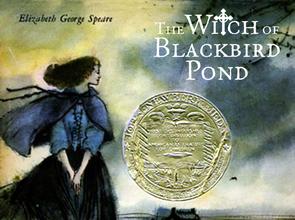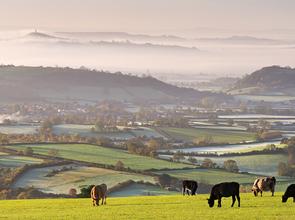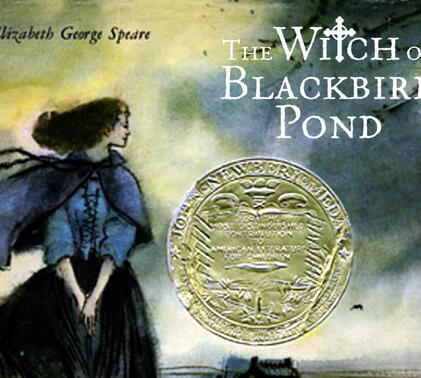
Quakers in Literature
For the next few weeks we will be publishing a series of book reviews by our Deputy Head of English, Tess Knevett.
1. The Witch of Blackbird Pond by Elizabeth George Speare
Radio on downstairs: the crumbly luxuriant tones, flat as sand dollars, of Alistair Cooke's “Letter from America” intermingle in my memory with the tinkling overture of “The Archers” as I read The Witch of Blackbird Pond by Elizabeth George Speare (1908-1994) that summer. My maternal grandmother grew up in Pennsylvania, so gifts were Newbery Medal Award winners such as this American children’s classic containing my first Quaker character in fiction. Hannah Tupper embodies abstractions such as gentleness, reticence and wisdom, but is, in effect, powerless; nonetheless, her powerful presence endures. The story begins with the young person in adversity theme, foregrounding a volatile time when American colonists redefined their identity. Set in Connecticut in 1687, Kit Tyler comes in search of an aunt much changed by marriage to a Puritan, and finds herself at odds within a restrictive community. There’s more than one “witch” in the story, which is peppered with romance and plenty of danger. Encircled by unrelenting intolerance, Kit finds steadfast friends in unexpected places so that her innate belief in tolerance can never be dissolved.
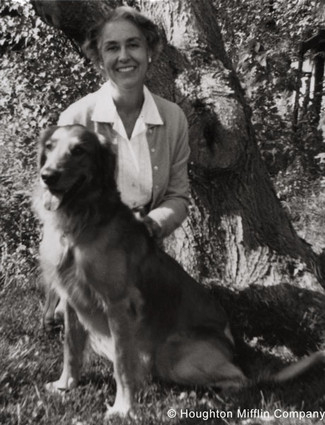
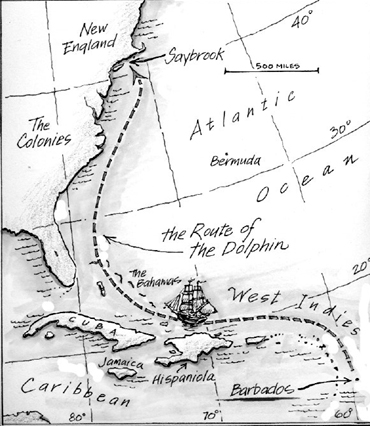
2. Going Back” by Penelope Lively
Set in a part of Somerset we all know well but going back to the cultural, class and social context of the countryside during the Second World War, Going Back defies categorization, being balanced on the cusp of children’s and adult’s fiction, written from the perspective of an adult recollecting her childhood home and then returning years later. So what does “going back” mean? This is not a novel about battlefields but about aspects of courage that can impel our decisions, or lead us to repudiate those tenets that we thought were unassailable, for any compass – moral or actual –will shiver on its axis. Thus Mike, a conscientious objector and therefore, social outsider, who went to the local Quaker school and befriends the children Jane and Edward while their father is away at war, changes all their ingrained ideas. Mike’s pacifism becomes the catalyst on which the plot hinges but what happens to Edward, who becomes his friend, magnetizes the reader’s empathy. There is a story in The Examined Life by Stephen Grosz, also called Going Back, well worth reading alongside this slim but deeply moving novel which, moreover, depicts exquisitely the idyllic landscape not far from Sidcot.
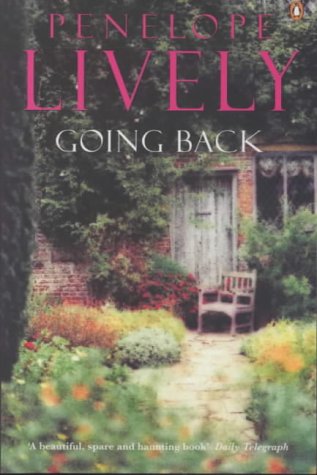
3. The Last Runaway by Tracy Chevalier
The Last Runaway is a cracking yarn, even a distracting romp; however, underneath an occasionally creaky romantic adventure plot, the ethical problem of the Quakers’ participation in the Underground Railroad, a secret network of safe houses and hiding places for runaway slaves, sharpens the action. The action begins as the broken hearted, but plucky Quaker heroine, Honor Bright decides to accompany her sister Grace on her journey to join her fiancé in Ohio. Finding herself alone after her sister’s death in a strange new world with nothing but her wits and bag of quilts, Honor has to adapt, survive but stay true to herself. Honor eventually marries Jack Haymaker but is also attracted to a bad boy called Donovan, a slave catcher who is good at his job, indeed, very attentive to details. The impact of power relationships is keenly felt not only in the domestic dilemmas Honor faces but when her natural impulse to do right comes into conflict with the law of the land. The Fugitive Slave Act has been passed which makes it illegal to help a runaway slave but this conflicts with Quaker ideas about equality and Honor seeks “the light”. This is an absorbing holiday read, meticulous in its presentation of period details with a sub textual interest in the design and symbolic qualities of Quaker quilts, and an ending that catches the reader by complete surprise.
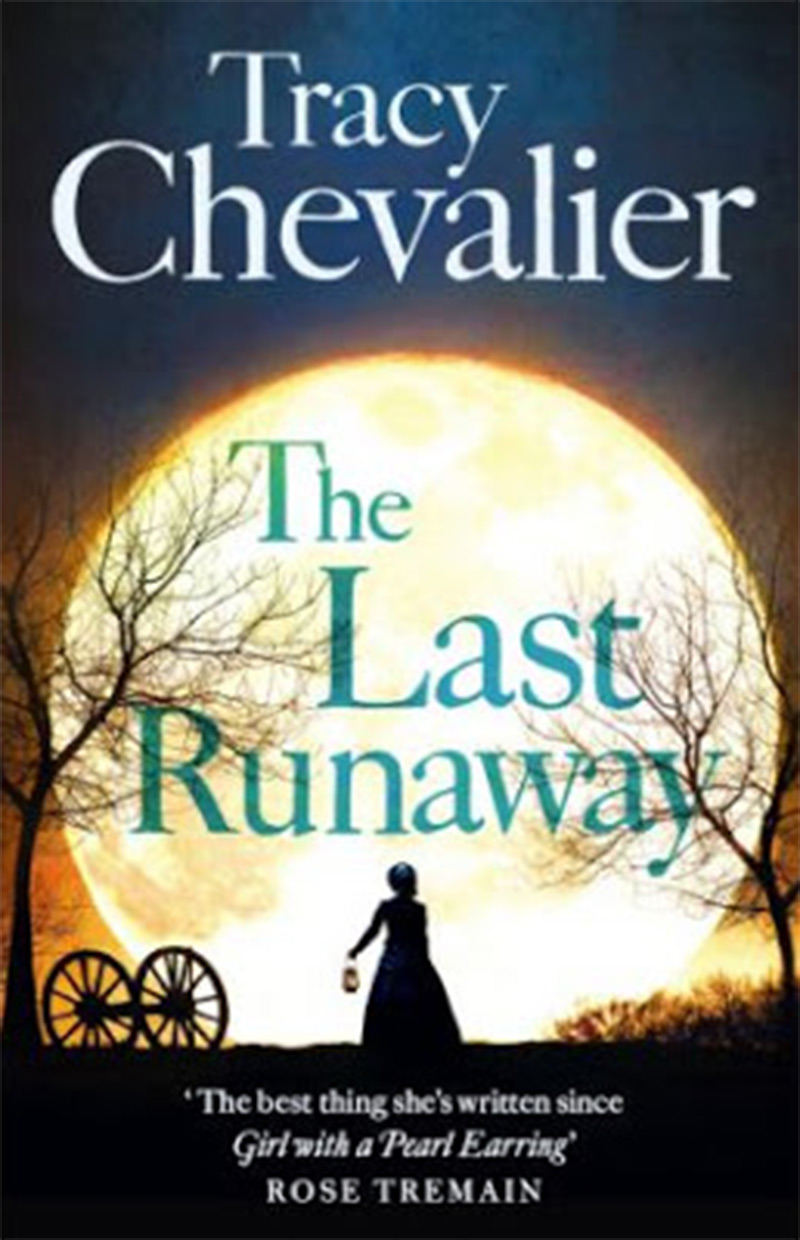
4. The Lark on the Wing by Elfrida Vipont (1902-1992)
Walk cheerfully down through the serene lanes of Yealand Conyers, turn right to the Quaker Meeting House, slip behind the steadfast, sturdy building to a simple graveyard. There on the dip of the hillside is Elfrida Vipont’s grave overlooking 1652 Country in the azure, unfolding distance: Pendle Hill, Brigflatts, Firbank Fell, Swarthmoor Hall.
Although a prolific Quaker author, Elfrida Vipont’s life itself also speaks of the challenging times in which she lived and her hope that we can aspire to be the best we can. Arguably, The Lark on the Wing is quite quaint when compared to say The Hunger Games, but worth cherishing all the more, for instead of presenting the teenage years as an existentialist Darwinian survival game, Kit Haverard’s quest to pursue her musical vocation and the maturing of her own attitudes determines the deft rising action, while hovering in the background is the rigorous influence of her Quaker family, who have different ways of looking at life’s perplexities. These “old bonds” are strong and hold fast and set Kit up with a set of values that enable her to be true to the only self that is hers and hers alone.
Many hardback editions of The Lark on the Wing have delicate pen and ink illustrations and these are representative of the rarefied era in which it was a prize winning novel but Vipont’s benevolent thoughts invariably remain prized possessions.
